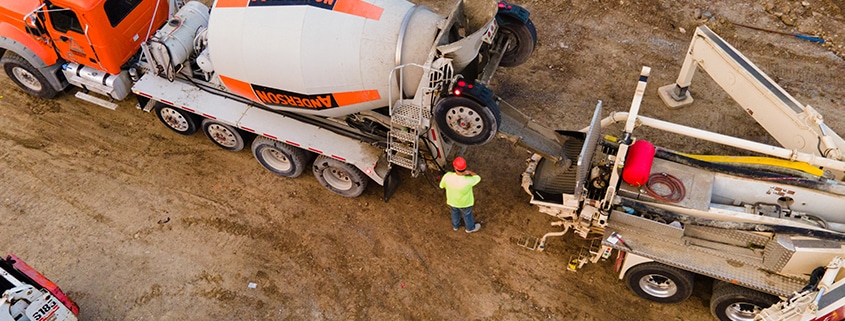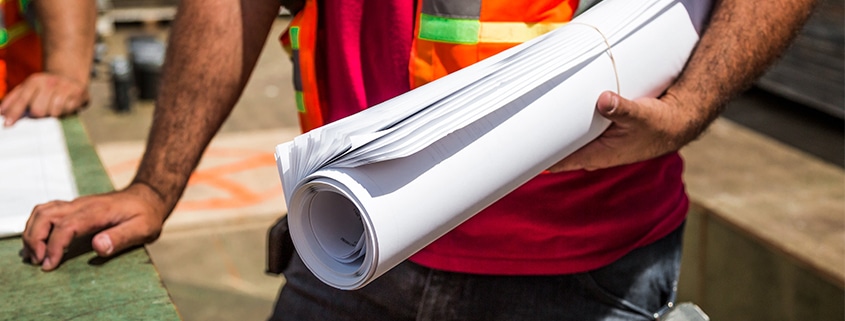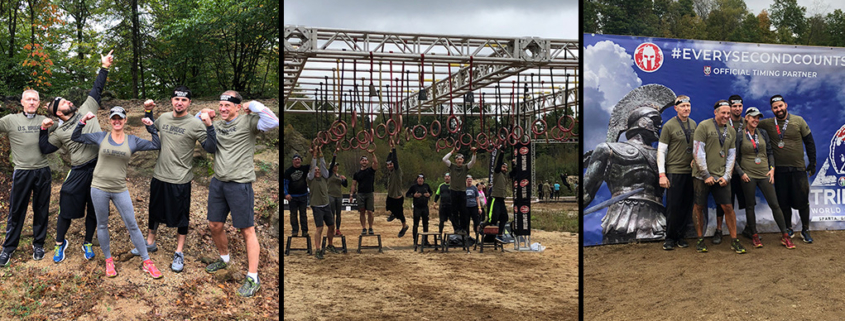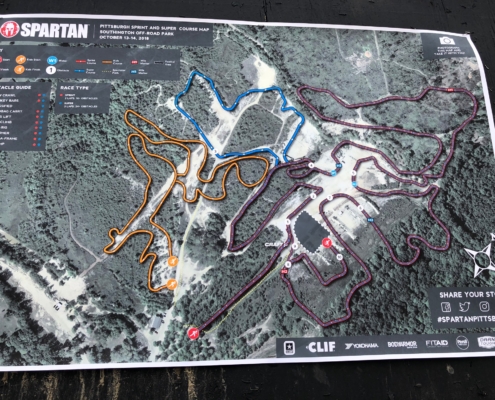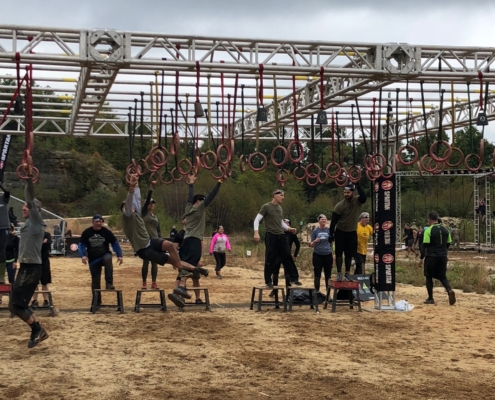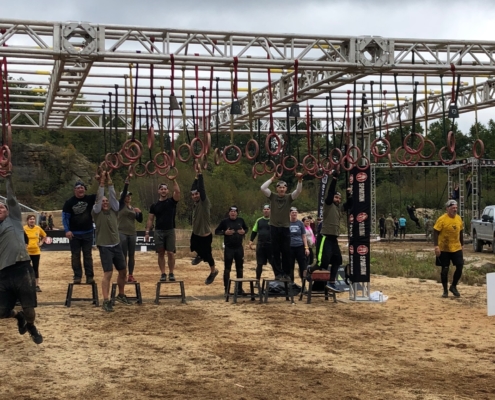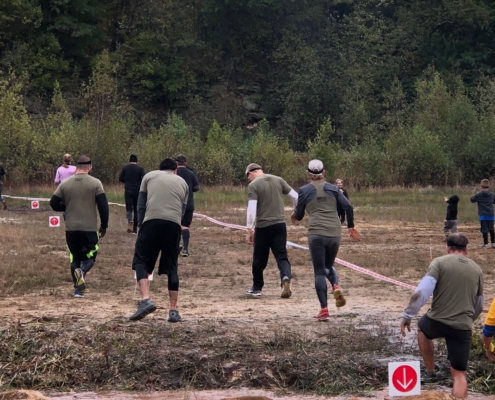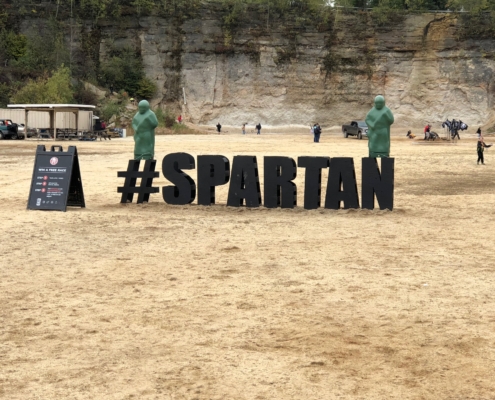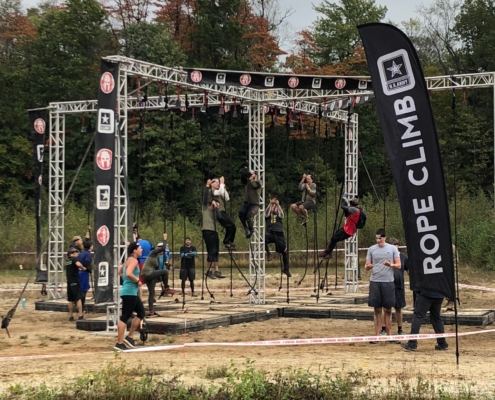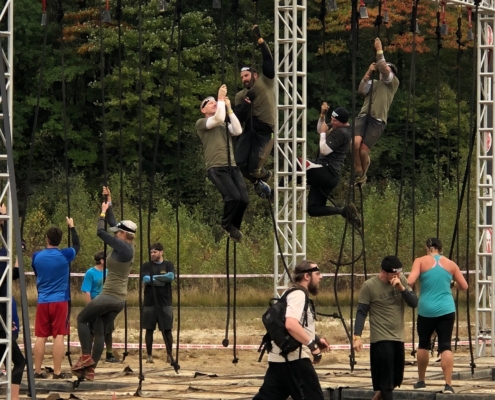In 2005, U.S. Bridge began to expand and provide accelerated bridge construction in international markets. Because of our ability to assemble our bridges here in the United States, we can containerize and transport them anywhere in the world. We’re proud to say we’ve completed over 10,000 projects worldwide.
Recently, we sent a group of delegates to the Dominican Republic, including our International Sales Manager, Jonathan Benítez, P.E. He sat down with the Dominican press to discuss our construction process and provide insight on what makes U.S. Bridge a premier bridge fabricator.
We look forward to collaborating with the Dominican Republic to help bring a better quality of life to communities isolated by rivers or other factors. We seek solutions, not just projects, making us stand out from other companies promoting their commercial activity within the Dominican Republic.
Providing Accelerated Bridge Construction Worldwide
We are happy to supply our accelerated bridge construction to any community needing a steel bridge. This concept involves a series of innovative techniques such as Bridge Information Modeling (BrIM) and detailed renderings at each of the stages of the bridge project, from its design to its manufacturing and construction methods. Initially, this idea started in the United States as a way to restore damaged infrastructure more quickly.
Since then, accelerated bridge construction has become common in projects to replace deteriorated bridges and construct new ones. In the end, the objective of these techniques is to lower the project’s total cost.
When we propose a project, we offer a wide array of prefabricated bridge types to meet your project needs. However, we want to collaborate with local companies to stimulate the local economy.
Battling the Climate
Many of our clients in Latin America face the challenges of flooding. In 2020, two tropical storms slammed into Guatemala, causing landslides and flooding, collapsing a bridge within the rural city of Gualán, Zacapa.
Our accelerated bridge construction was able to aid in the community’s quick recovery by keeping them connected with our high-quality Liberty Bridge. In addition, when Puerto Rico was hit by Hurricane Maria, we were quick to supply five separate bridges throughout the island within six weeks, which all stood firm during Hurricane Fiona’s recent appearance.
Building with Steel
Aside from accelerated bridge construction, there are many advantages to building bridges with steel, as opposed to other materials such as concrete. Weight directly affects the design of a bridge. Not only does steel weigh significantly less than concrete, but it also has a higher strength-to-weight ratio. This results in less maintenance and upkeep over time, making for a much more efficient and effective bridge.
Another important characteristic of steel structures is that they can achieve longer spans than concrete structures and require fewer intermediate supports. This benefits the environment because the fewer intermediate supports within a channel, the less interference in the waterway.
Furthermore, steel allows for galvanization, enabling our bridges to withstand time and minimize maintenance. Galvanized steel in particular eliminates corrosion for up to 100 years. In addition, we also offer a 35-year warranty on all galvanized steel bridges.
Connecting the World with U.S. Bridge
U.S. Bridge is a proud leader in manufacturing and engineering. We design, engineer, manufacture, and galvanize our solutions according to AISC standards. Our history and experience demonstrate our ability to build solid, long-lasting bridges.
Contact us today for a free quote or get a jumpstart on your project using BridgeScope.


